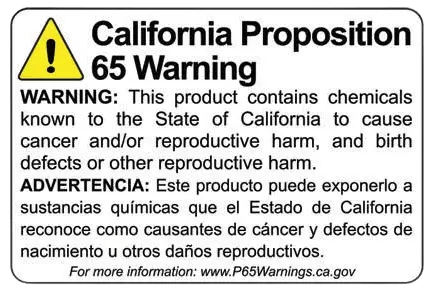 There’s no doubt that solar panels are the key to generating clean, renewable energy. There are zero emissions from the process of creating power with solar panel systems. However, like all-electric systems, solar panels will need wiring to make them work. Exposed to the harsh conditions of the outside world, you’ll need to protect your cabling to increase the longevity of the system. There’s no better way to do that than through the use of heat shrink.
There’s no doubt that solar panels are the key to generating clean, renewable energy. There are zero emissions from the process of creating power with solar panel systems. However, like all-electric systems, solar panels will need wiring to make them work. Exposed to the harsh conditions of the outside world, you’ll need to protect your cabling to increase the longevity of the system. There’s no better way to do that than through the use of heat shrink.
Protects Cables
When used as a protective covering, heat shrink provides protection from abrasion, cutting, scuffing, and low-impact situations. It’s able to be used with virtually any design of conductor. Heat shrink can also be used to create cable entry seals providing protection from the surrounding environment. This protection allows components to be used in areas where they could be exposed to moisture and chemicals as well as dust and other fine particulates. This protective tubing will be more than strong enough to protect your panel’s cabling from any natural forces in its surrounding environment.
The heat shrink tubing’s performance is unparalleled. It can withstand temperatures of up to 230° in some cases, higher. It is engineered from a cross-linked polyolefin material and comes in various sizes and colors. One could organize their cables with colors, making for easier identification for later work. Besides their practical applications, these solutions are also aesthetically pleasing. They can lend a professional air to any project. Exposed wiring or cabling can be neatly grouped.
Benefits of Heat Shrink Tubing
• Versatile and easy to use, heat shrink tubing offers many unique benefits, including:
• Protection against abrasion, low impacts, and sharp cutting edges
• Defense against water, chemicals, dust, and other intrusive contaminants
• Organization of wires and cables into easy-to-handle bundles
• A smoother texture and finished appearance
• Electrical and thermal insulation
• Enhanced structural support for less strain on wires, connectors, and components
• Compatible with color additives to aid wire identification
Material Types
Another thing to keep in mind is what protective properties are needed. Depending on what material the shrink tubing is made of, it can offer a wide range of chemical resistance and physical protection from cuts and abrasion.
• Polyvinyl Chloride (PVC) is a widely used material that had good flexibility, smooth surface properties, and non-toxic qualities.
• Polyolefin is a resin that exhibits resistance to chemicals and suitability for a wide range of applications, including marine. It offers superb protection against the elements including UV protection.
If you are unsure how to proceed with protecting the wires of your solar panel system, contact Nu-Tech. We’ll get you sorted out in no time.


